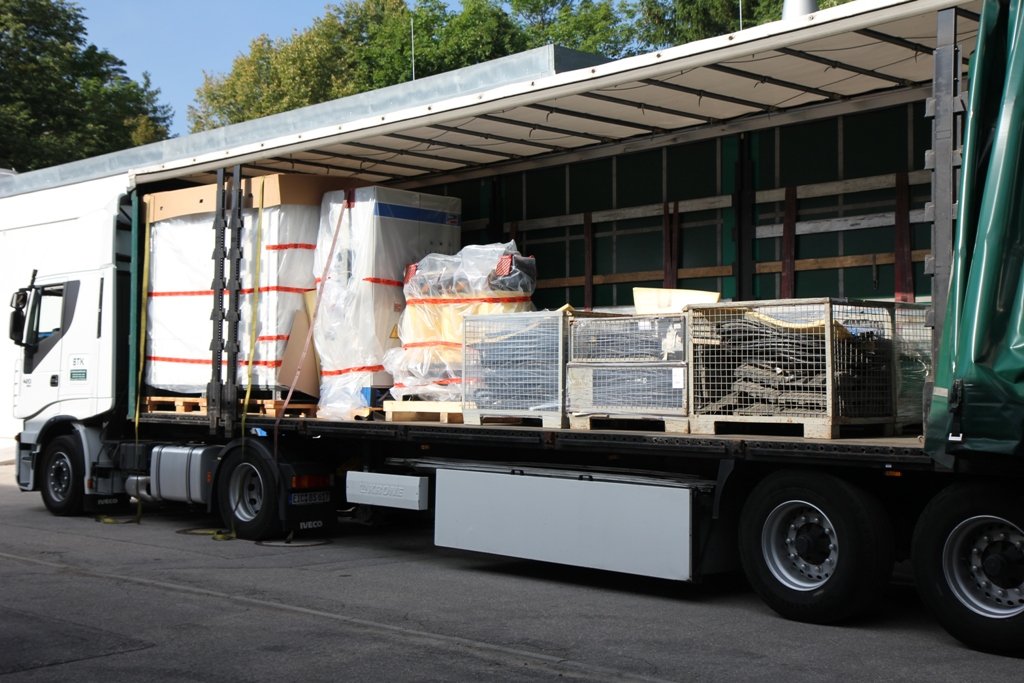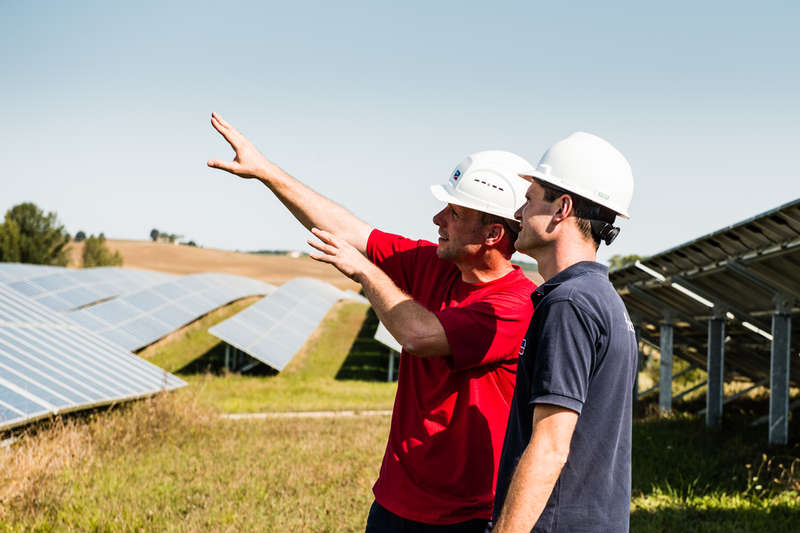Off to Munich: Sunny Central in High Altitude Test

A truck carrying two Sunny Centrals at production goods issue is certainly not an odd sight. However, these two central inverters are on a special mission. They are on their way to Munich, or, more precisely, to the Industrieanlagen-Betriebsgesellschaft mbH (IABG) – a German technology and science service center which carries out tests and analyses.
There, they are headed for the skies – at least figuratively speaking. The two Sunny Central inverters, which were specially developed for use at high altitudes, are to be tested in Bavaria for their behavior at 4,000 meters above sea level. Albeit, not in the mountains, but in a test chamber at IABG. There the alpine world, along with its unique conditions, will be simulated. Jan Wehlmann of the SMA Hardware Development department explains the exact procedure.
Jan, what were the reasons for carrying out this test in Munich?
We worked for quite a while on a special solution for installing Sunny Central inverters at altitudes of between 2,000 and 4,000 meters above sea level. We then had to test how our developments acted in realistic conditions.
Could you describe the testing procedure for us?
We carried out the test using the so-called V-loop procedure. In this test a Sunny Central served as a voltage source for the Sunny Central with an altitude-specific configuration. The unit under test could then operate under full load in the conditions simulated in the test chamber – and only this Sunny Central was present in the test chamber. Using a special cable channel, the Sunny Central being tested was connected with the inverter located outside – not an easy task, as everything had to be airtight.
If you imagine being at an altitude of 4,000 meters, thoughts of cold, snow and low air pressure come to mind. Which factors have an influence on the performance of a central inverter?
Exactly these factors are the ones we have to consider. We have already checked the cold factor off the list with a -40°C option. Here several components receive special protection, for example, with additional heating. However, even the low temperatures are not sufficient to cool the inverter properly. Standards, such as the active cooling system OptiCool, are necessary at 4,000 meters. The low air pressure reduces the heat transfer of the air and with it, its cooling capacities.
Were all preliminary expectations met?
One thing is for sure. The Sunny Central not only withstands dust, earthquakes and heat without a problem; it can even best the conditions at 4,000 meters above sea level. Everything went according to plan in Munich. The almost two week long test met our expectations and confirmed the results of our developments. Inverters for installation at high altitudes can already be ordered. This development is of special interest to the PV markets in South America, Asia and the south of Africa.




Feel free to contribute!